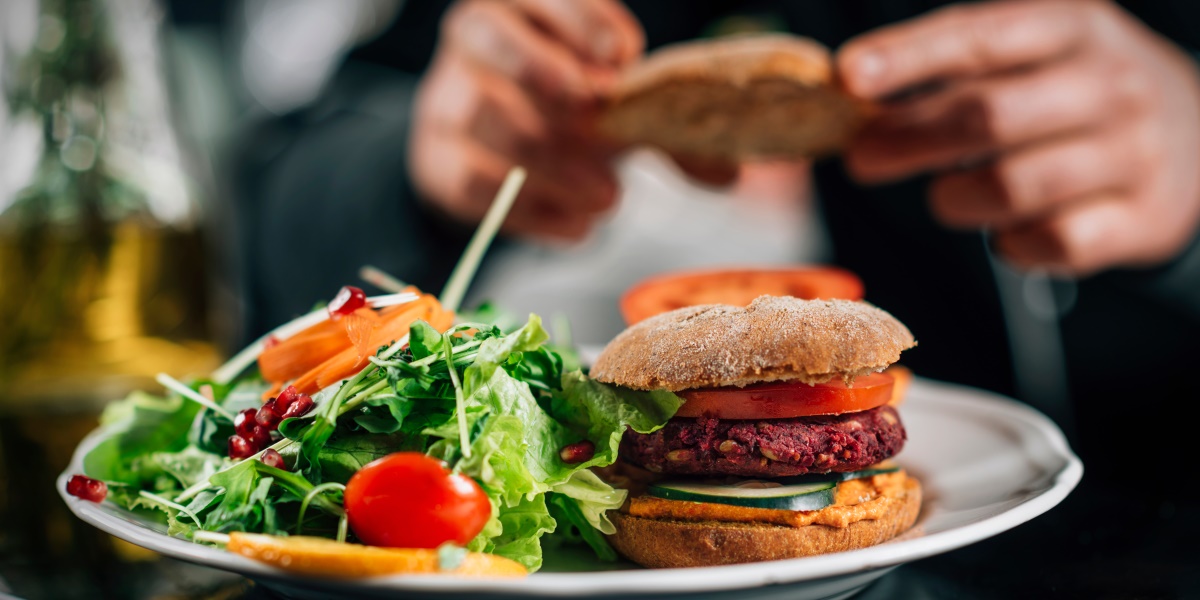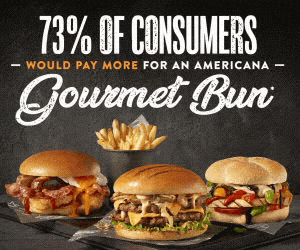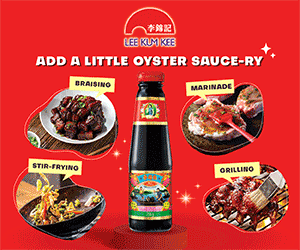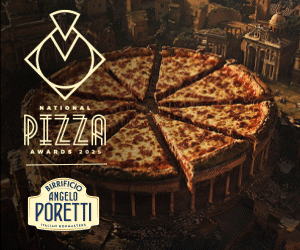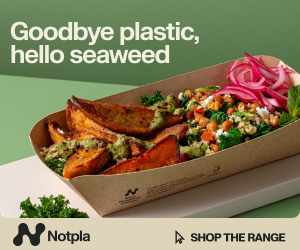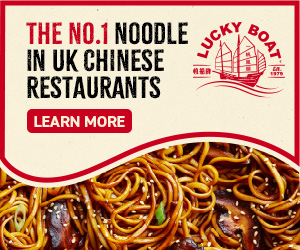Opinion: Plants still in growth

Is this the end of the road for the plant-based category? Julie Vigne, senior director of Savanta, doesn’t think so...
As the media focuses on the demise of various plant-based brands, our Grocery Eye report explores whether these products still have a place in today’s diets, with one question in mind: after such a rapid initial growth, is it already the end of the road for the plant-based category?
The report has been tracking grocery shopper behaviour since 2014 with a UK national rep survey of around 2,000 consumers. Over the previous two quarters the survey had a key message: that there is no one definition of healthy eating, nor one way to achieve a healthy diet.
However, reassuringly in this quarter’s results, we see that consumers are less worried about the impact of the cost-of-living crisis on their ability to maintain a healthy diet, as they begin to find ways to adapt their shopping and cooking behaviours. We also see that this change is easier managed by older generations, while some younger consumers are more likely to eat less – and possibly not enough – to combat food inflation.
The desire to eat healthily remains, though, with strong opportunities around high protein; in particular, among gen Zs and millennials. As for plant-based diets, they are still going strong, with a focus on finding better value alternatives (which logically benefits own labels), and plant-based ranges still expending at all major supermarkets.
As consumers come to grips with food inflation, they are increasingly confident that it doesn’t have to impact their diet negatively. This change is being driven by millennials this wave, with a 12%-point decline in those stating it will lead to an unhealthier diet.
Savanta’s data also shows that plant-based is not for everyone. And, although younger generations are much more open to it and see the category as just another protein, dessert or milk alternative, older consumers have much stronger attitudinal barriers that might be difficult to break down.
This has direct implications, both in terms of communications and activation, especially as gen Z is looking for recipe inspirations and more intuitive location in store.



